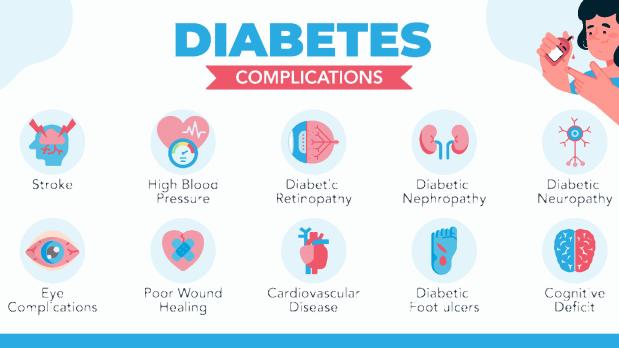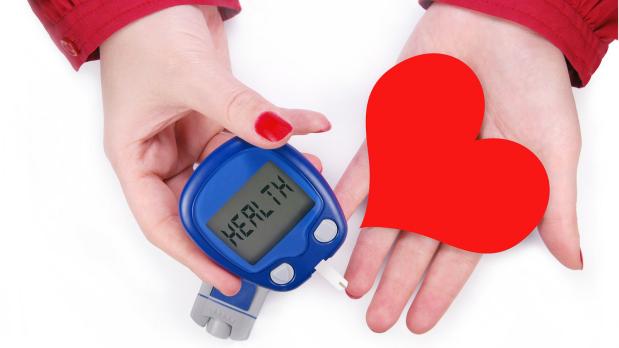How many diabetes types are there?
Diabetes comes in three main types: type 1, type 2, and gestational. While both type 1 and type 2 diabetes share high blood sugar levels and associated risks, they diverge in crucial ways. Let's delve into the details.
Type 1 diabetes Type 1 diabetes, rarer than type 2, affects 5-10% of all diabetics. It arises from immune system dysfunction, leading to the destruction of insulin-producing cells in the pancreas. Consequently, insulin production ceases, necessitating daily insulin treatment. It's commonly identified in children and adolescents, earning it the moniker "Diabetes in Children and Adolescents." This type is unpreventable.
Type 2 diabetes Type 2 diabetes stems from insulin resistance, where the effectiveness of insulin in lowering blood sugar diminishes. This leads to impaired insulin utilization, preventing the body from maintaining normal blood sugar levels. Approximately 90-95% of all diabetes cases fall under this category.
Type 2 diabetes unfolds its symptoms slowly, in contrast to the abrupt nature of type 1. Once thought of as an adult concern, it now encroaches on the youth, fueled by contemporary habits of poor nutrition, sedentariness, and excess weight.
Gestational diabetes Gestational diabetes arises from hormonal shifts during pregnancy, diminishing the body's insulin responsiveness. Babies born to mothers with gestational diabetes face heightened health risks, including obesity and future type 2 diabetes susceptibility. While this type typically fades after childbirth, both the child and mother remain at an elevated risk for type 2 diabetes later in life.

check blood sugar
What causes of diabetes?
Summing up the information provided, it's evident that the causes and triggering factors of type 1 diabetes remain unknown, rendering it unpreventable at present. Individuals with type 2 diabetes have the potential to impede or delay its progression by adopting lifestyle adjustments, including a nutritious diet, weight management, and regular exercise. Given the often silent nature of type 2 diabetes, preventive measures are vital, especially for those at risk. Regular blood sugar tests are advised, as this condition typically lacks noticeable symptoms, potentially catching patients off guard.











